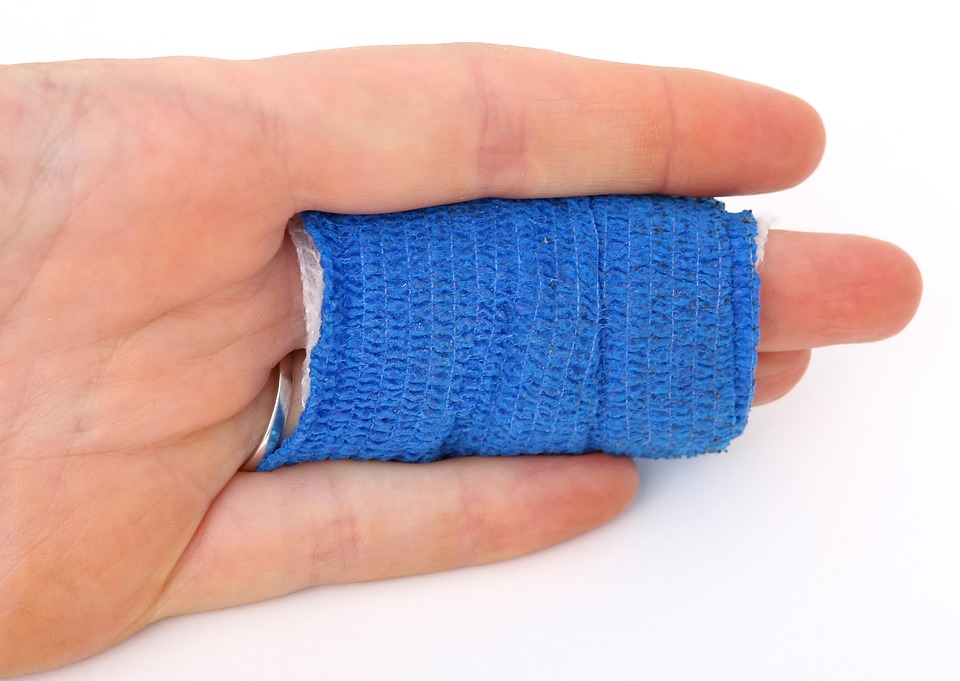
Whether you work from home or in a typical office, there are some hazards and potential dangers that are more troublesome than others.
Take burns, for example, which are also a common injury risk when going about your daily personal life or frequenting shops and coffee houses.
From the risks of scaling hot or boiling water to split coffee cups, burns are a common injury type that leave considerable scars in some instances.
But just how common are burn injuries, and when are you entitled to claim compensation in the event of such an injury?
Let’s find out!
The Most Common Burn Injuries
According to annualised data, some 130,000 people visit A&E every year suffering from burns, most of which are categorised as first or second degree burns.
These remain the least serious types of burn, featuring surface and dermis-level injuries that typically take days or weeks to heal.
Third and fourth degree burns are considerably more serious, taking months to heal in most instances and creating a scenario where underlying fat, muscle and bone is damaged in the worst-case scenarios.
But what are the most common types of burn?
Scalded and burnt flesh account for most first and second degree burns, alongside facial and eye burns and those that affect respiratory organs.
Burns that damage tendons, ligaments and muscles are typically classed as third and fourth degree injuries, and in most instances, they will result in permanent and visible scarring.
Healthcare professionals also often report the psychological effects from a burn, which can require separate treatment and dedicated care over time.
Often, burns are caused by liquid spillages or exposure to hot surfaces both at home and in the workplace, while electrical burns caused by unsafe wiring or appliances also cause a significant number of domestic injuries.
Can You Claim? If So, How?
Understanding the distinction between these different types of burn is important, as this will have a significant impact on the viability and extent of your claim.
Before making a claim, you’ll also need to demonstrate that a third party is responsible for your injury and the subsequent impact, in terms of both physical and psychological damage.
We’ve already touched on the psychological impact of burns and scalds, of course, while this risk can be even higher in the case of visible scarring that affects a patient’s body image.
Ultimately, it can be hard to gauge the viability or potential size of your claim independently, so we’d recommend seeking out expert advice from accredited personal injury solicitors.
This way, you can talk through your experience in a free consultation with an industry expert, determining the strength of your claim and accountability for the injury in the process.
On a final note, you should understand that you have three years from the date of the burn (or when you became aware of the injury) in which to make a claim.
There are exceptions to this rule in the case of children or vulnerable adults, but your legal advisor will talk you through these as part of your consultation.
(Image from pixabay, free to use)


















Recent Comments